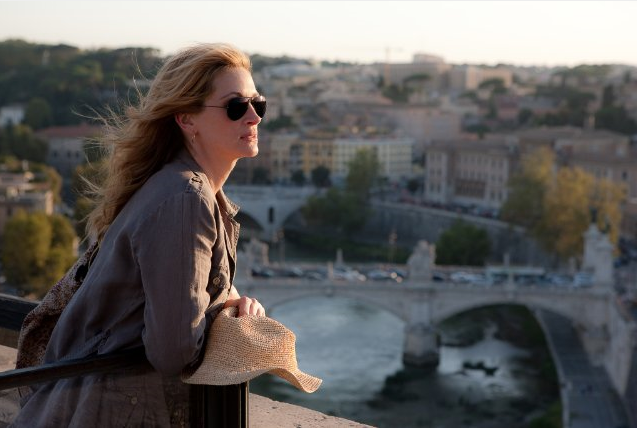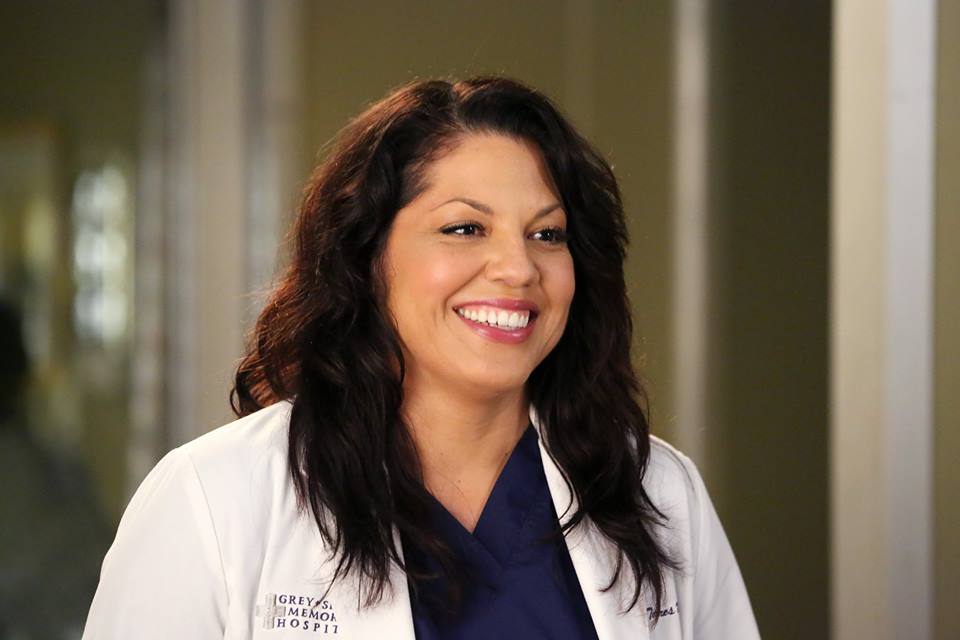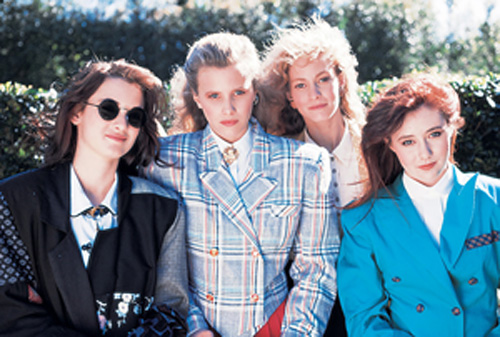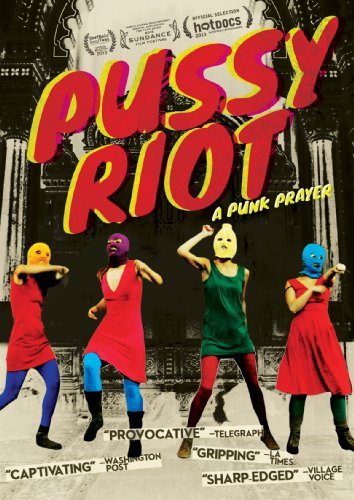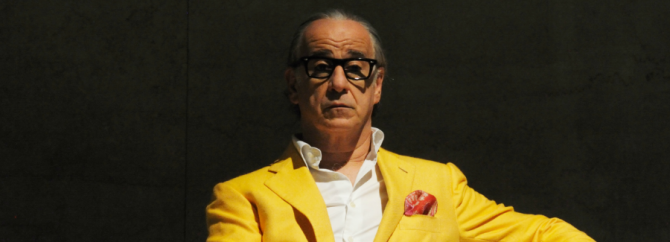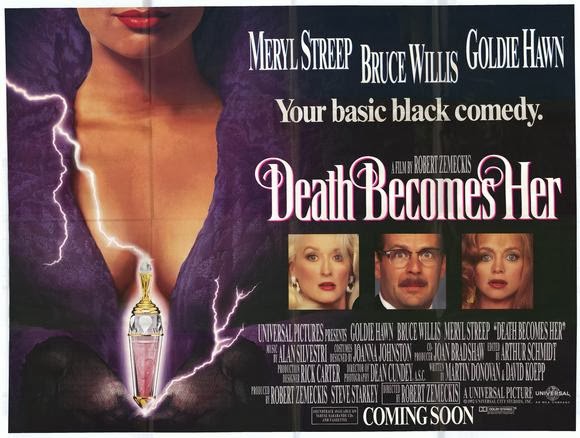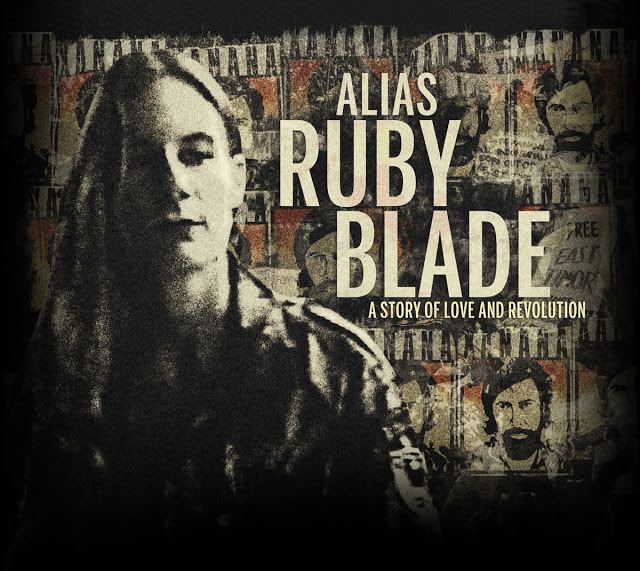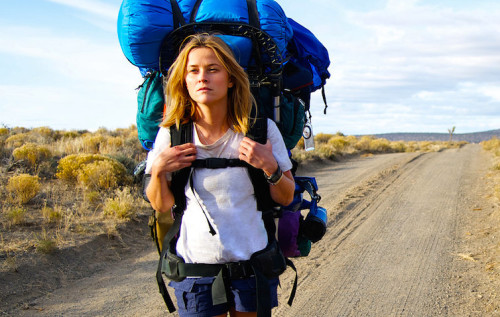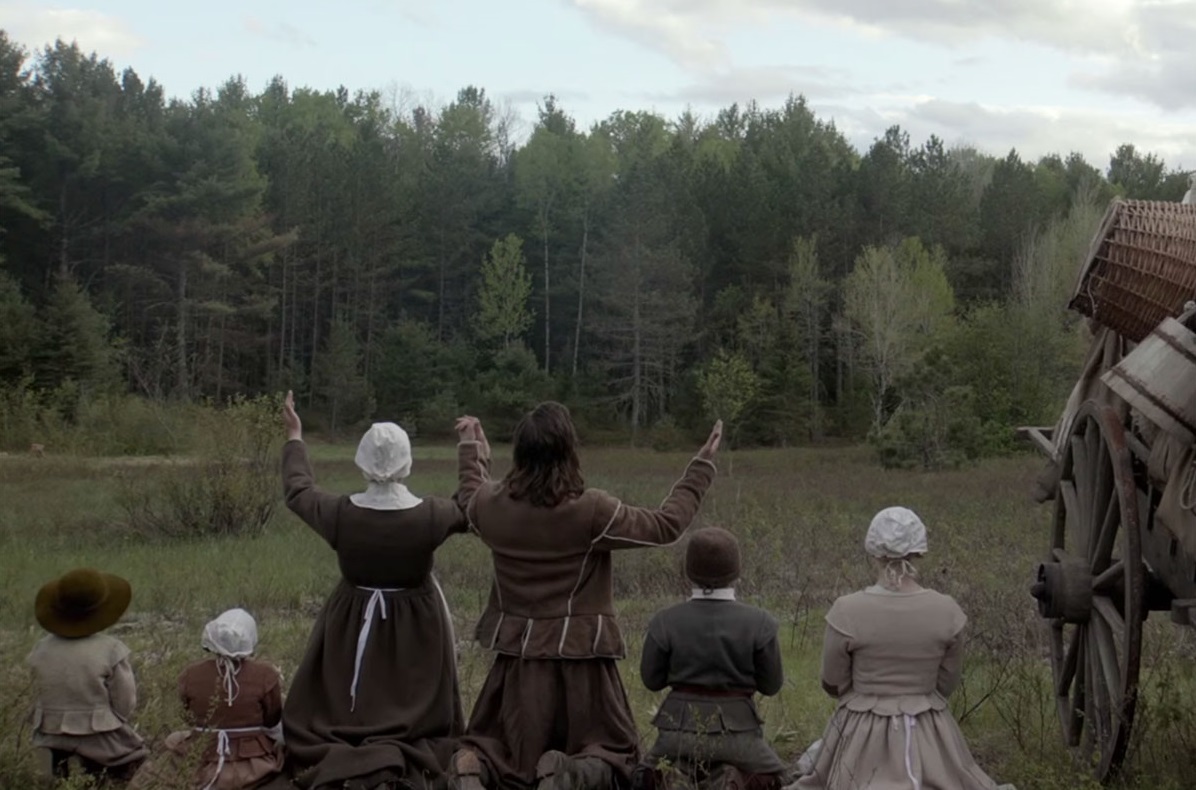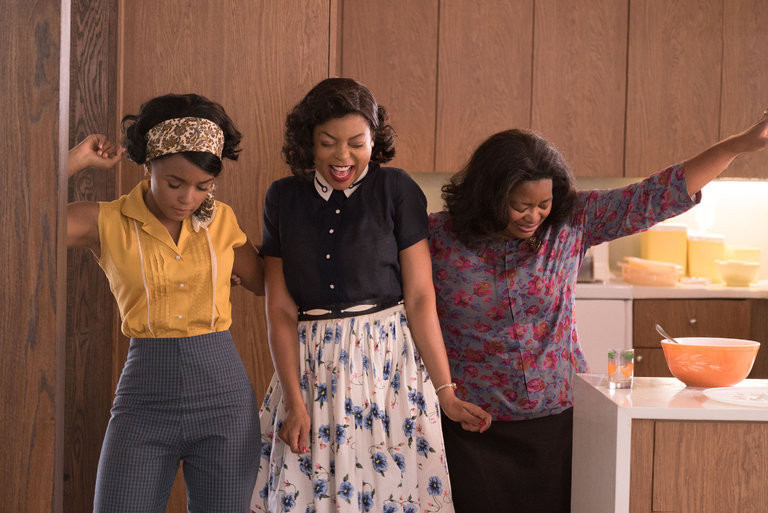Travel Films Week: In Defense of ‘Eat, Pray, Love’
Julia Roberts in Eat Pray Love Written by Megan Kearns. A version of this article was originally published at The Opinioness of the World. Cross-posted with permission. I had been looking forward to watching Eat, Pray, Love ever since I saw the trailer. I read the book a few ago, its popularity piqued my curiosity. … Continue reading “Travel Films Week: In Defense of ‘Eat, Pray, Love’”
